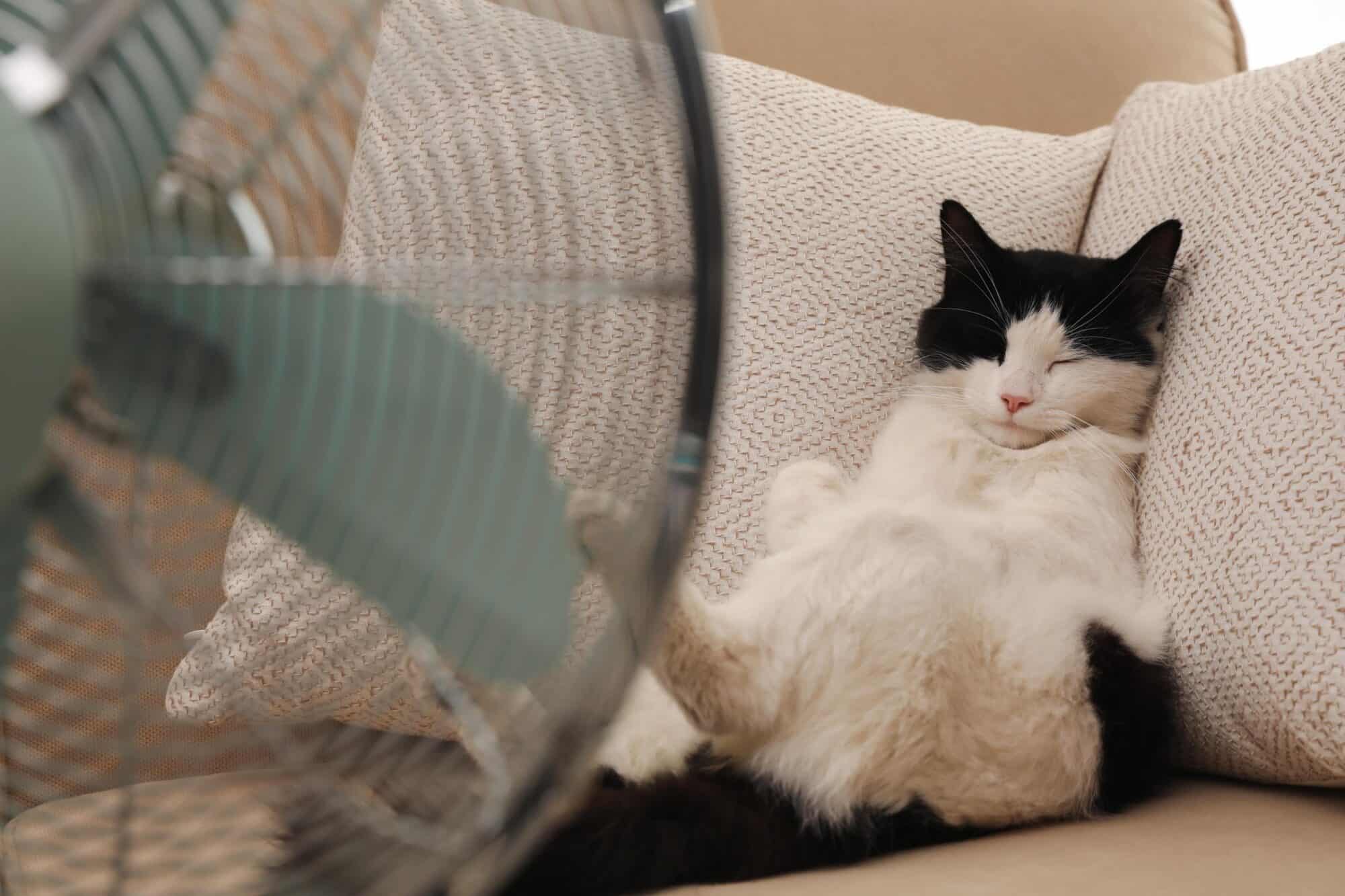Preventing Heat Exhaustion in Texas Outdoor Cats

As temperatures soar in the Lone Star State, heat exhaustion in cats becomes a serious concern. This is especially true for outdoor cats in Texas.
Do you have outdoor cats in Texas? Or help care for kitties that frequent your yard in the summer months? If so, here are tips for Texas summer cat care from the team at BEEVET Animal Hospital to help your feline friends stay cool and safe.
Recognizing the Signs of Heat Exhaustion
Cats are experts at hiding discomfort, which is why it’s so crucial to know how to spot the signs of heat exhaustion in cats. Heat exhaustion is when your cat’s body temperature gets too high—around 103 to 104°F—and it’s the first stage of heatstroke.
Without treatment, heat exhaustion can turn into full-blown heatstroke. This is when your cat’s temperature reaches 104°F and higher, and it can be deadly if your kitty doesn’t get prompt treatment.
Here are the signs of heat exhaustion in cats:
- Retreating to a cool area, like a shady corner outside
- Panting
- Drooling
- Increase in grooming behavior in an attempt to cool off
- Drinking more water
- Sweaty paws
If you notice any of these signs of heat exhaustion in your outdoor Texas cat, bring her inside where it’s cool right away. Watch for signs of heatstroke, which include:
- Vomiting
- Rapid heartbeat
- Uncoordinated movements or stumbling
- Bright red or pale gums
- Elevated body temperature (anything at 103°F or higher is cause for concern)
- Collapse or unconsciousness (in the worst cases)
Take immediate action to help your outdoor kitty if you notice any of these signs of heatstroke. Move him to a cool, shaded area, give him fresh water, and contact your vet right away.
Heatstroke prevention in cats starts with awareness and a quick response.
Outdoor Cat Safety Tips
If your cat spends any time outside during Texas summers, take extra precautions for outdoor cat safety in the heat.
Make sure your cat always has shady spots under trees or awnings, or create a cool shelter made specifically for your outdoor cat. Pour cool water in shallow bowls and place them throughout your yard, refilling them often during the day.
Consider keeping outdoor cats inside during peak heat hours—typically from noon to 4 PM.
If staying indoors isn’t possible, create a cool retreat for your kitty with fans, cooling mats, or even frozen water bottles wrapped in towels.
Keep in mind that an ounce of prevention is a pound of cure when it comes to hot weather pet care. Groom your cat regularly to remove excess fur, especially for long-haired breeds. Avoid heavy meals during the hottest parts of the day—digestion can raise your kitty’s body temperature.
And never leave your cat in a confined space with poor ventilation—like a garage or shed—where temperatures can rapidly spike.
If you’re concerned your cat may have heat exhaustion or heatstroke, call the caring team at BEEVET Animal Hospital in Austin, TX. We provide emergency veterinary services during our business hours. Just call (512) 263-9292 for help!
